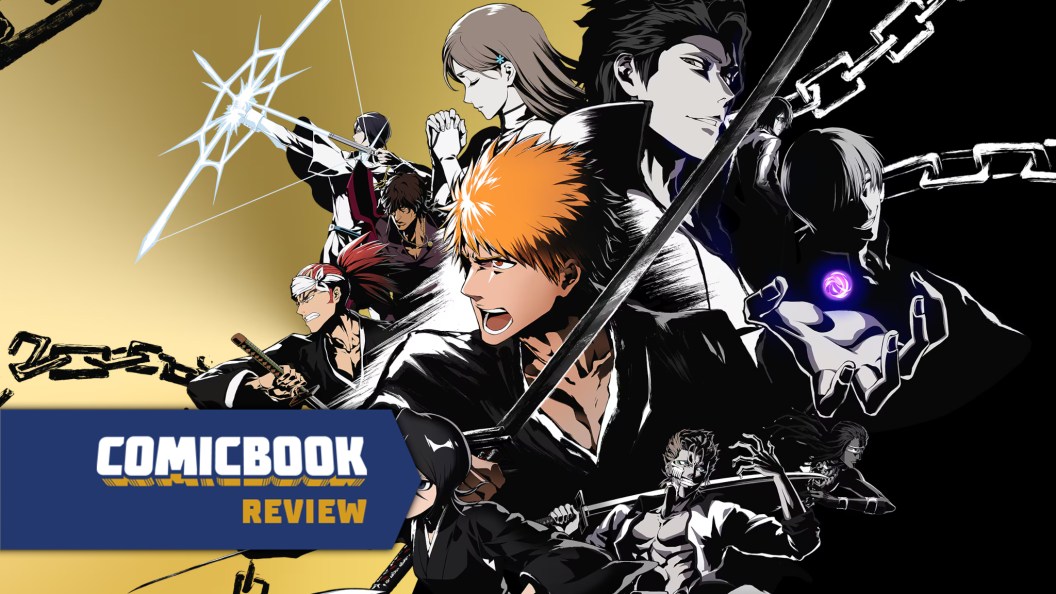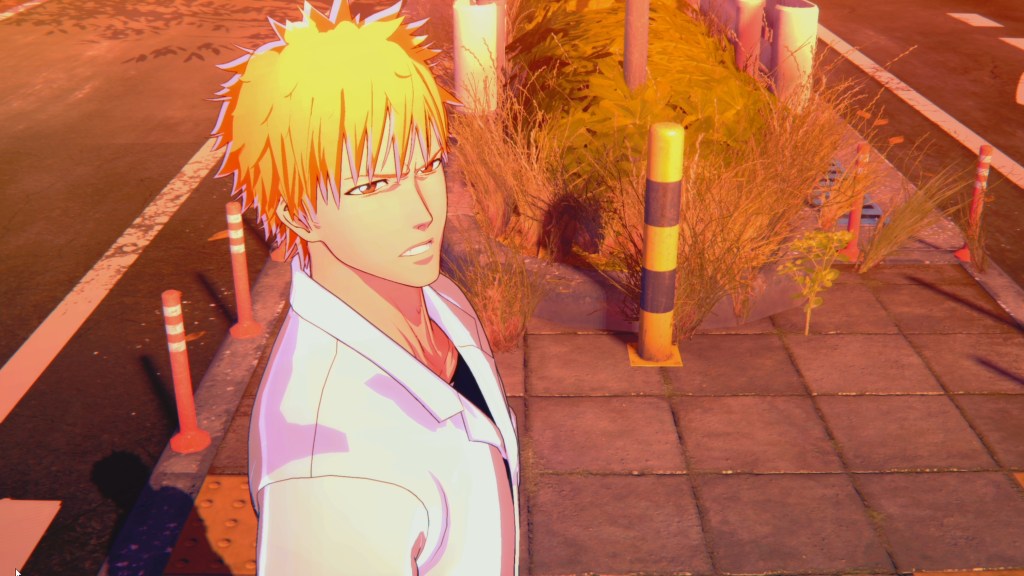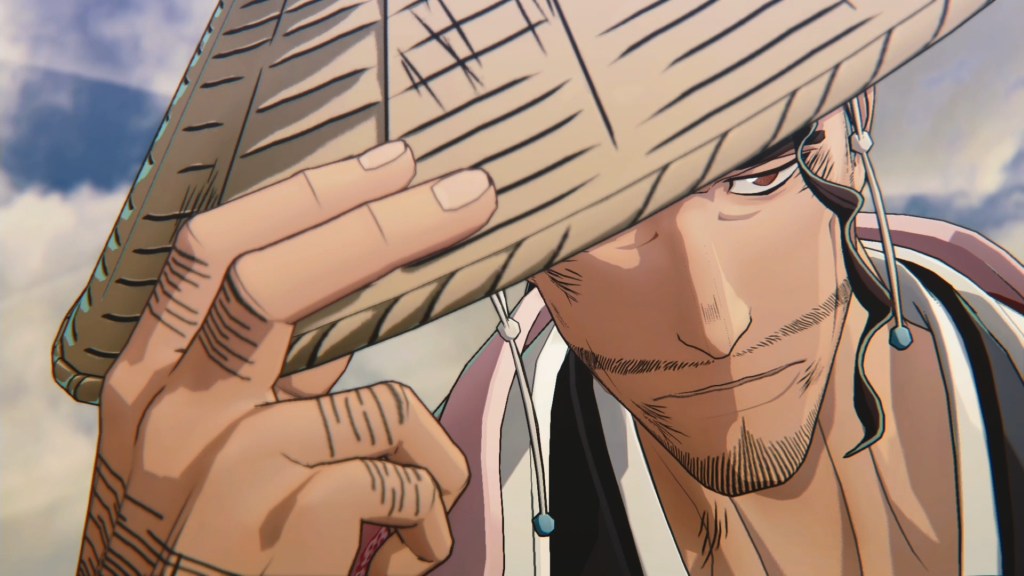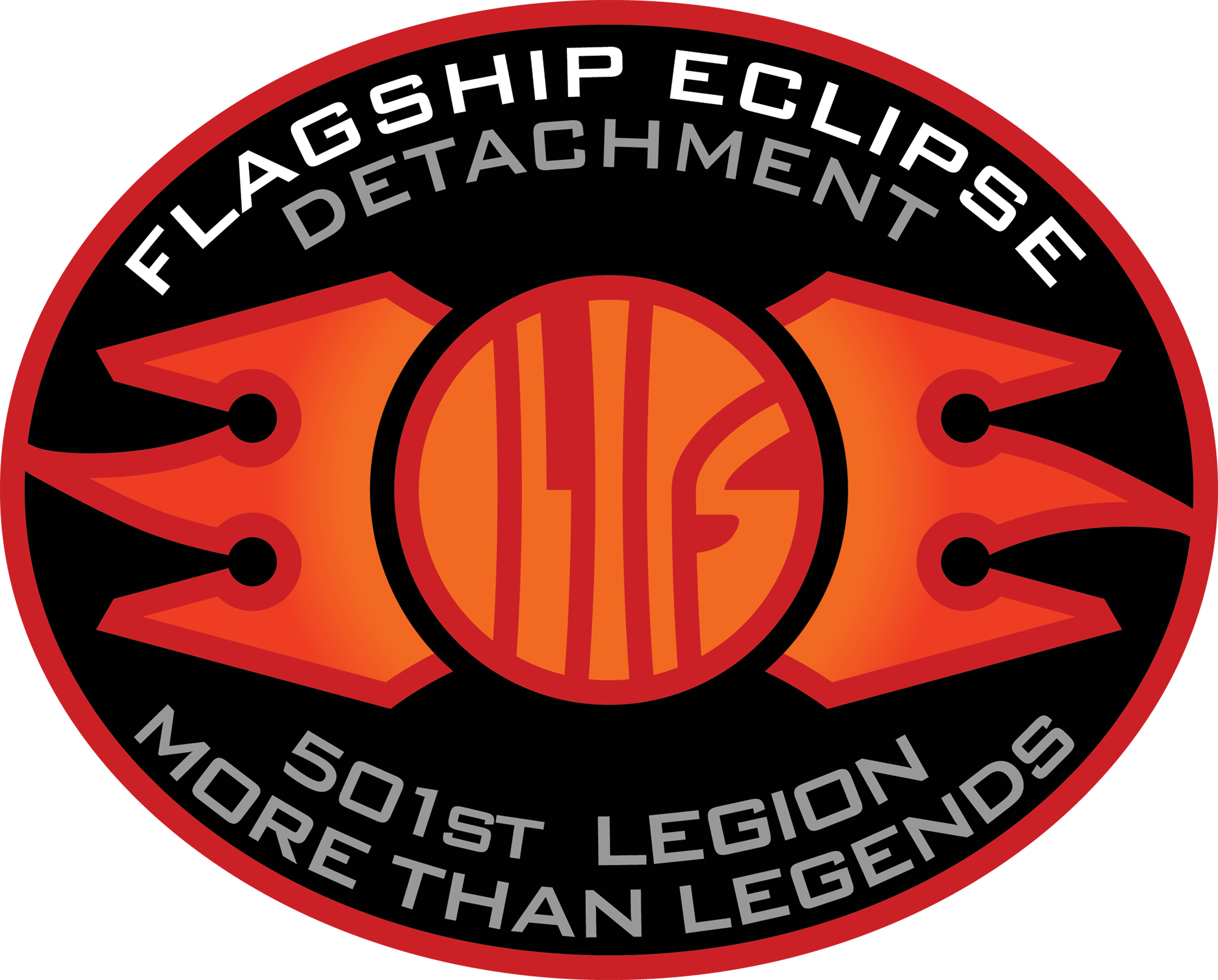
When it comes to the Big Three of anime/manga from the 2000s, Bleach felt like the underdog at times. While not reaching the worldwide heights of Naruto and One Piece, the epic fight scenes and memorable cast of characters made it one to keep up with, even if the filler was a bit too much. Even still, Bleach didn’t really jump onto the gaming scene like the others did, having a few small titles here and there. That all changed when it was announced Bandai Namco and Tamsoft would bring the Tite Kubo IP to the fighting genre with Bleach Rebirth of Souls last year. Now, having played the game from start to finish, I can say that what made it shine back then still holds up, though it lacks the luster needed to do it all justice.
Having been the first major Bleach game since 2016’s Bleach: Brave Souls, Rebirth of Souls brings the series to life in a way that hasn’t been done before. Adapting the beginning of the series up to the end of the Arrancar arc, the game features a wide roster of characters to play as, all with their own moves and playstyles. There are also tons of stages, some even having variations depending on the time of day. In terms of being a fighting game, it checks off a lot of the boxes fans hoped it would, outside of a ranked mode, which will seemingly be added in the future. Plus, it helps that the soundtrack is fantastic, which is no surprise given it’s done by Crisis Core: Final Fantasy VII and The World Ends With You’s Takeharu Ishimoto. It adds a fervor and rhythm to matches that ups the electricity of the battlefield.
Still, as many of the trailers had shown, the flash and flair of combat is very much satisfying and fun, as well as graphically great. I can’t count how many times I got hyped watching characters unleashing their Bankais and unleashing killer Kotei moves on opponents. Each character has their strengths and weaknesses that come in handy on the battlefield, adding a new element of strategy and adaptation. For example, facing off against a ranged character like Uryu Ishida or Coyote Shark would require a fast fighter like Soi Fon or Yoruichi Shihouin to even the odds. It’s also a lot of fun to see two characters that normally wouldn’t face each other, like Ichigo and Rukia, do such, and their dialogue would mention it, which was a fun inclusion.
Unlike some fighters, Bleach Rebirth of Souls lets you level up while on the field, becoming increasingly more powerful through ‘Awakening.’ You’ll unlock new moves and skills, as well as a new look for a time. Unleashing these feels extremely satisfying, especially when the odds seem stacked against you, which they often can be. Guarding and breaking an opponent’s guard is the key to victory, as one false move can cost you a round. Even more so, saving up power in a match and bringing yourself to the best possible form can, quite literally, turn the tides of battle in an instant. It’s an exhilarating experience that not many games have done, which I applaud Rebirth of Souls for.

Unfortunately, the biggest problem with Bleach Rebirth of Souls is one of its most disappointing: the story mode. It’s not because it only adapts up until the Arrancar arc’s end and not the Fullbringer or Thousand-Year Blood War arc; it’s because of how it was done and presented. Rebirth of Souls’ story mode chronicles the rise of Ichigo Kurosaki from regular high school student to substitute Soul Reaper, as seen in the manga and anime. However, the game loses the charm that made that journey one to root for and enjoy in the first place. Many plot points are either rushed through or overexplained, dragging out for too long.
Another fault that became very hard to ignore was the quality of the in-game cutscenes. While the game does have fully animated cutscenes, which are really nice-looking, a majority of the story mode uses scenes done with the in-game character models. Alas, the presentation is not the best, as most of the time it feels extremely static and lifeless. Many scenes lose their luster due to it, which is a shame considering how good Bleach’s story can be and look in the anime/manga. It also doesn’t help that these cutscenes can last for several minutes at a time, with some missions being entirely these in-game animatics, so it’s hard not to notice some slip-ups or weird movements.

I do appreciate that the story mode, as well as the additional unlockable Secret Stories, allow players to test out characters before using them in online matches. Plus, while many are filler content, others have some fun little sub-stories that build their personalities that the main story doesn’t provide. Plus, some fights in the story have unlockable Real Moments, which are objectives that match what happens in the source, like Ichigo not being hurt or finishing an enemy with a Bankai move. While they can be hard to unlock, it feels super satisfying to live out the battles as they were done in the anime/manga.
In short, Bleach Rebirth of Souls excels rather well as a fighting game but less as a complete package. The story mode, most of all, feels a bit sloppy, which is a shame considering the source material. Still, this is Bleach’s best video game outing by far and a great fighting game in general. You’ll be hard-pressed to find a game that turns the tides as much as Rebirth of Souls does. While not perfect, it has what it needs to become a staple title for anime/manga fans to enjoy.
Rating: 3.5 out of 5
A PlayStation 5 copy of Bleach Rebirth of Souls was provided for this review by the publisher.
The post Bleach Rebirth of Souls Review: Not-So Hollow appeared first on ComicBook.com.

